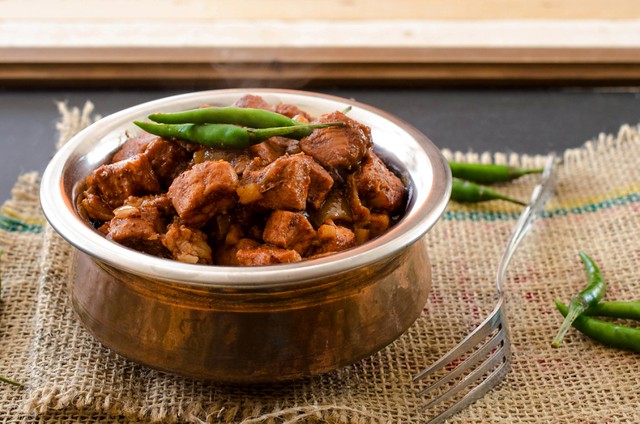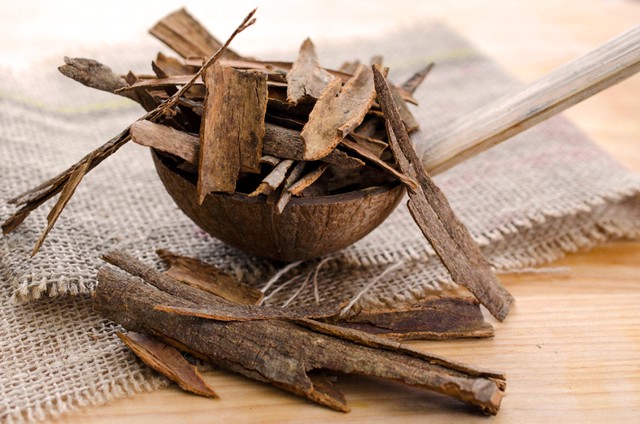Saturday, 20 April 2013
That swag-bags need to be stuffed with military precision. Just ask Kathy.
That power cuts just mean more time in front of warm, cosy fireplaces. Unwashed hair be damned. Well, not if it stinks... but most Canadians are too polite to say you stink anyway. So I guess, unwashed hair be damned.
That meeting Sweetopia turns you into a mumbling, blushing (yep, brown people can blush) inarticulate fangirl.
That your voice is what draws readers to you. And if they like it, keeps them with you. And occasional pictures of cookies don't hurt either.
That self-publishing no longer has the 'vanity press' tag and is positively encouraged.
That you look like an idiot when you're taking food pictures lying down on your stomach. But the pictures are so cool, and you learn so much from the lovely photographers, so who cares about a little pain? Plus, you also get to eat the cookies in the end. And banter with Julie (verily, that Julie) on Twitter after. And your husband's snickers be damned too.
Now I have a stomach cramp :-) #FBC2013 #foodphotography w/ @sharp_photo @Foodstyler @dinnerwithjulie pic.twitter.com/ZYudlt3Wzc
— Michelle PetersJones (@michpetersjones) April 13, 2013
That exclamation marks and smileys need to be used with extreme caution! :(
That its completely normal and you're not the only one at the table photographing and tweeting about your food. We also, on occasion crept out from behind the cameras, smartphones and computers and... gasp... talked to people in real life. Gasp. Run. Hide Now!
That posts titled 'Ten Things About... Etc' get the best kind of engagement!!! :) :)
Wednesday, 17 April 2013
I don't know anyone who can resist the warm, soothing fragrance of cinnamon, do you? This warm, aromatic spice is used in everything from mulled wine to fragrantly spiced curries, to enduring cinnamon buns and baking of all kinds of goodies.Cinnamon has been prized everywhere since the early Egyptians and its not surprising that its a staple in Middle Eastern cooking as well as in cusines from all over the world. Mexican cuisine prizes its 'cannella' and no Indian spice cupboard is complete without its distinctive curls and bark.
There are several varieties of cinnamon, but in this short piece I will be focusing on the two genus' that I use the most, cassia bark and 'true' cinnamon.
Cassia Bark
Latin Names: Cinnamomum Cassia (Chinese)/ Cinnamomum Burmannii (Indonesian)/ Cinnamomum Loureiroi (Vietnamese)
Indian Names: (Jungli/ Wild) Dalchini (dahl-chi-nee)
One of the most familiar spices in the Indian kitchen is cassia bark. I always thought that cassia was the outside bark of the cinnamon tree/ shrub, and to some extent I was right. But as I read and researched more about cinnamon, I found out that cassia is actually a genus of cinnamon, and commonly grown in China, and therefore also known as Chinese Cinnamon. It grows extensively in China and South East Asia, and is cheaper to cultivate the 'true' cinnamon. Chinese cinnamon is cheaper and exported widely around the world, and also comprises a large portion of the ground cinnamon market. There are three commonly used types of cassia, Chinese, Indonesian and Vietnamese (Saigon). Saigon cassia tends to be more expensive, though disruptions in production have meant that its Chinese cassia that is the most exported and consumed. India and Sri Lanka (Ceylon) are also huge producers of cassia, with the state of Kerala in India, in particular, having some of the largest cassia/ cinnamon estates in Asia.
Cassia bark is widely used in Indian cooking, in particular, and my research suggests that the reason is that its cheaper to buy and use. However, taste testing also suggests that the flavour of cassia is milder and less intense than 'true' cinnamon, and this contributes to the flavour profiles of several Indian dishes in which cassia is widely used.
Cassia bark can be easily identified by its rough, tree bark like texture and tends to be extremely hard and difficult to powder. The flavour, as I said earlier, is milder and less intense to cinnamon, and youy have to rub your fingers on it to get a sense of the fragrance. The profile is warm and aromatic, similar to cinnamon, but the taste tends to be less overpowering, therefore it can be used in larger quantities to ground or 'true' cinnamon.
Wednesday, 10 April 2013

Its a ritual that takes place in almost every Mangalorean Catholic home every Sunday. First, the women of the family are up at an ungodly hour to start the sannas, the batter of which would have been ground the night before. Then the kids are unceremoniously kicked out of bed, and yelled at to get ready, otherwise they're going to be late to Sunday school. After the due religious routines have been followed, said kids may be lucky enough to be taken to a nearby restaurant, duly salivating at the thought of a masala dosa or a idli sambar (a thin rice crepe filled with spicy potato curry, and a steamed, fluffy rice cake, not unlike a sanna, with a hot steaming vegetable stew) Then the men of the family are dispatched to various grocery errands, while the women (and very often, the reluctant, whining, complaining kids who would rather be watching Sunday morning kid's television) would start the (seemingly endless) chopping of onions, ginger, garlic and hot green chillies that could take out an elephant, that was the base of this dukra maas.
The bafat would usually have been made a few weeks earlier, with fresh batches smuggled legally sent to various relatives who live in 'abroad'... and a small batch is left behind for the weekly Sunday ritual of the dukra maas, of course. Once the chopping is all done, the pork is then cubed into small pieces, and the cooking process begins. During the cooking process there will probably be a steady stream of 'I am hungry....' whines coming from all directions. The dog would add a couple of squeaks too... and he may be lucky enough to get a bone for his troubles. The house starts to smell more and more fragrant as the curry simmers away, and the smell is strong enough to lure a few interested neighbours into the fray. They peek at the curry, shoot some breeze, ask a few questions about the provenance of said cooking pig, and then meander away to their own homes, where, perhaps there is another kind of curry cooking.
Subscribe to:
Comments
(
Atom
)
SEARCH FOR RECIPES
Popular Recipes
- Grandma's 'Canada Cornstarch' Shortbread Cookies
- Indian Classics - Traditional Potato and Peas Samosas
- British Classics - A Recipe for English Baked Beans (Just Like Heinz Makes)
- Mango Ginger Sorbet + A Donvier Ice Cream Machine Giveaway
- Camping Recipes - Paella + A Falcon Enamelware Giveaway (Closed)
- Indian Classics - Dal Bukhara (Creamy Indian Black Lentil Dal)
- Live Blogging Butter Chicken - Recipe for an Indian Classic
- Indian Classics - Vindalho de Galinha (Chicken Vindaloo)
- Evans Cherry and Rose Jelly + Ball Canning's Can-It-Forward Day + Giveaways
- Indian Sweets - Chai Ice Cream
Copyright: Michelle Peters Jones. Powered by Blogger.















